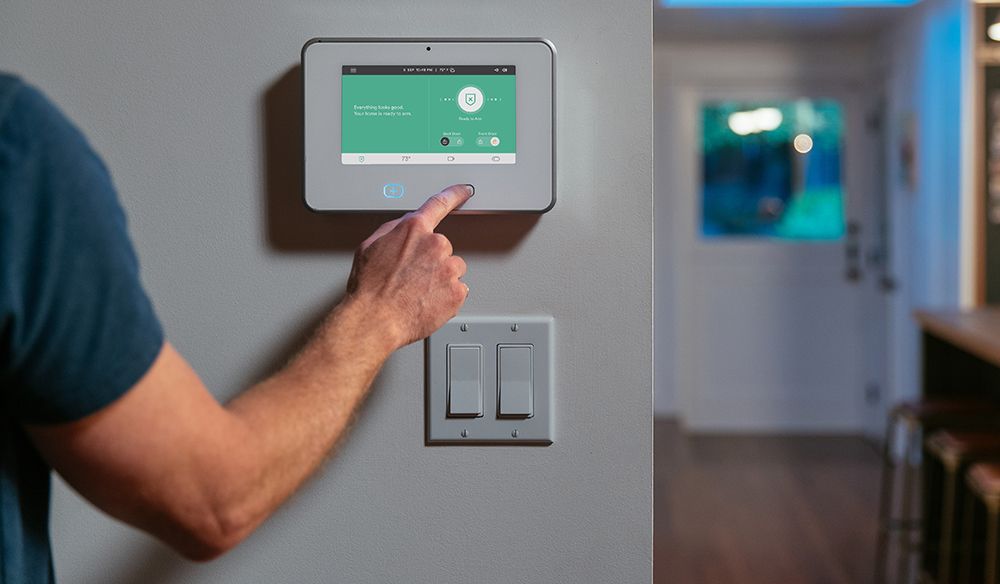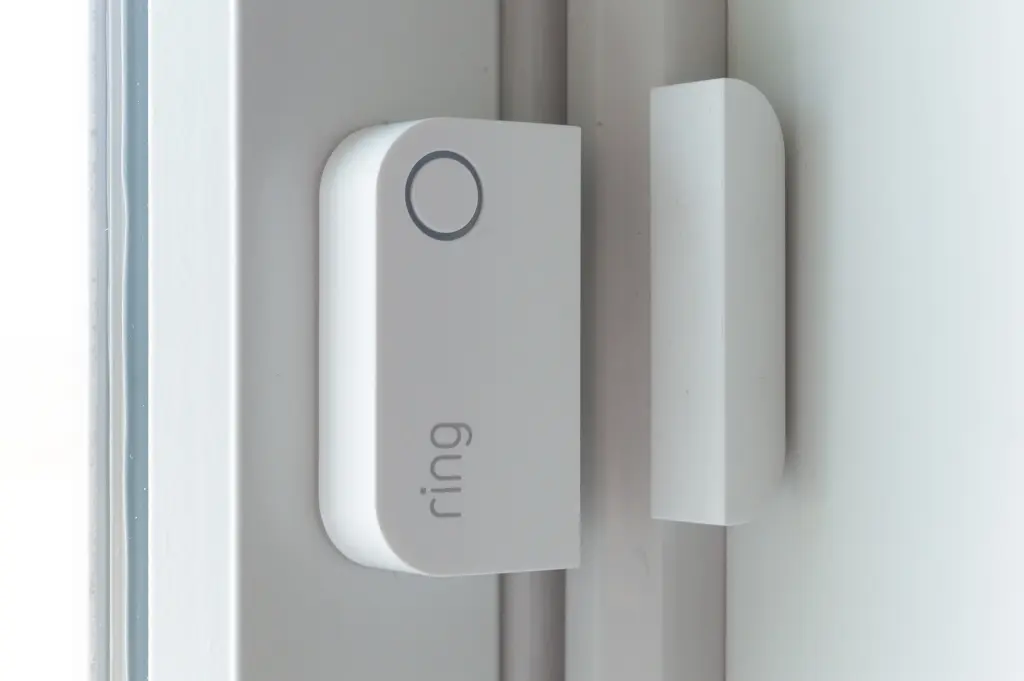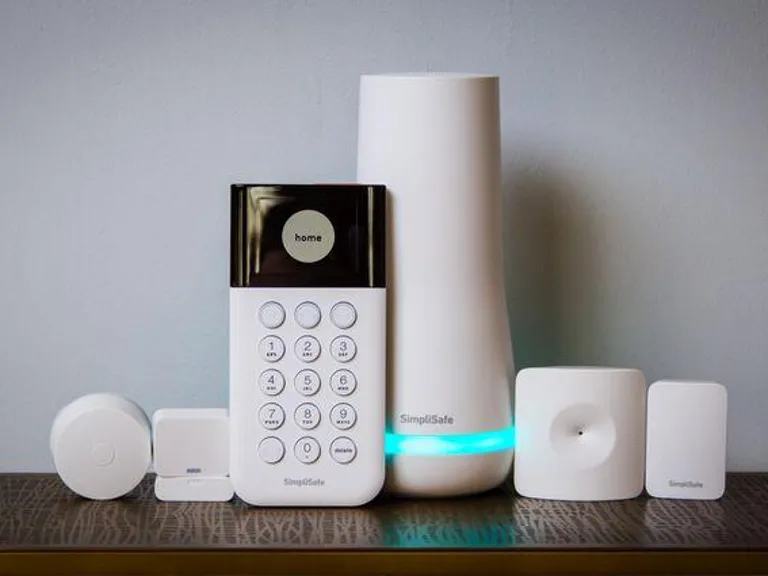I. Introduction

The importance of cybersecurity has become even more evident in the remote work era. With the increasing number of individuals working from home, it is crucial to explore the potential of working in cybersecurity from home. This article will delve into the benefits of remote work in the cybersecurity field and discuss how to establish a secure home workspace.
II. Benefits of Working from Home in Cybersecurity
A. Flexibility and Work-Life Balance
One of the key benefits of working from home in cybersecurity is the flexibility it offers. You have the ability to set your own schedule, allowing for a better work-life balance. This flexibility enables you to manage personal commitments and responsibilities more effectively.
- Setting your own schedule: Working from home allows you to determine the most productive and efficient work hours that suit your personal preferences and optimize your performance.
- Eliminating commuting time: By eliminating the need to travel to a physical office, remote work saves you valuable time and reduces stress associated with long commutes.
B. Increased Job Opportunities
Working from home in the cybersecurity field opens up numerous job opportunities that were previously inaccessible or limited by location.
- Leveraging global talent pools: Employers are no longer restricted to hiring talent within a specific geographical area. This means that as a cybersecurity professional, you can tap into a global job market and work with diverse teams from around the world.
- Access to remote positions across industries: Cybersecurity professionals are in high demand across various industries. Remote work allows you to access job opportunities in industries you may not have considered before.
III. Establishing a Secure Home Workspace
When working from home in cybersecurity, it is vital to establish a secure home workspace to protect sensitive data and systems.
A. Securing Your Network and Devices
Securing your network and devices is the first line of defense against cyber threats. Implement the following measures to enhance security:
- Utilizing strong passwords and multi-factor authentication: Ensure that all your devices and accounts have strong passwords and enable multi-factor authentication. This adds an additional layer of security by requiring a second form of verification, such as a fingerprint or a text message code.
- Regularly updating software and firmware: Keeping your devices’ software, operating systems, and firmware up to date is crucial to prevent vulnerabilities and ensure that you have the latest security patches.
B. Implementing Secure Virtual Private Networks (VPNs)

Implementing secure virtual private networks (VPNs) is essential for secure remote access to corporate networks and systems.
- Setting up a VPN for secure remote access: A VPN creates a secure connection between your device and the network you are accessing. It encrypts your data and ensures that it remains secure even when transmitted over untrusted networks, such as public Wi-Fi.
-
Ensuring encryption and reliable connections: When selecting a VPN service, ensure that it offers strong encryption protocols and reliable connections to protect your data from unauthorized access and ensure secure communication.
IV. Remote Tools and Technologies in Cybersecurity
A. Collaboration and Communication Tools
In the remote work era, collaboration and communication tools are essential for effectively working from home in the cybersecurity field. Here are some tools and technologies that can enhance collaboration while ensuring security:
- Encrypted Messaging and Video Conferencing: Utilizing encrypted messaging platforms and video conferencing tools can safeguard the confidentiality of your conversations. End-to-end encryption ensures that only the intended recipients can access your messages or participate in video conferences.
- Secure Document Sharing and Collaboration Platforms: Secure cloud-based platforms allow for seamless document sharing and collaboration among team members. These platforms often offer features such as access controls, version history, and encryption to protect sensitive information from unauthorized access or data leakage.

B. Remote Access and Monitoring Tools
Working from home in cybersecurity often requires remote access to systems and monitoring of network activities. The following tools and technologies can facilitate these tasks while maintaining security:
- Remote Desktop Solutions for System Administration: Remote desktop tools enable system administrators to access and manage systems remotely. These tools provide secure communication channels and authentication mechanisms, ensuring that only authorized personnel can access critical infrastructure.
- Intrusion Detection and Prevention Systems for Network Monitoring: Deploying intrusion detection and prevention systems can help monitor network traffic and detect potential security threats or unauthorized access attempts. These systems can provide real-time alerts and take proactive measures to prevent or mitigate cyber attacks.
V. Balancing Privacy and Security in Work-from-Home Scenarios
A. Protecting Sensitive Data and Information

When working from home, it is crucial to protect sensitive data and information from unauthorized access or breaches. Here are some practices to follow:
- Secure File Storage and Encryption: Storing sensitive files and data in encrypted formats ensures that even if unauthorized individuals gain access to your storage, they cannot decipher the information. Choose reputable cloud storage providers that offer robust encryption protocols and strong access controls.
- Adhering to Data Protection Regulations: Different industries and regions have specific data protection regulations that organizations and individuals must comply with. Stay updated with relevant regulations, such as the General Data Protection Regulation (GDPR), and ensure that you understand and adhere to the required security measures.
B. Maintaining Confidentiality and Privacy
Protecting the confidentiality and privacy of sensitive information is crucial in work-from-home scenarios. Implement the following measures to maintain confidentiality and privacy:
- Establish Clear Policies and Guidelines: Develop and communicate clear policies and guidelines regarding the handling and sharing of sensitive information. Establish rules for using secure communication channels, storing data, and accessing systems. Regularly educate and remind employees about these policies to ensure compliance.
- Control Physical and Digital Access to Sensitive Information: Limit physical access to sensitive information by securing work devices and storing physical documents securely. Implement access controls, strong authentication mechanisms, and user permissions to control digital access to sensitive data and systems.
VI. Conclusion
In the remote work era, leveraging remote tools and technologies is essential for cybersecurity professionals. Collaboration and communication tools with encryption capabilities ensure secure communication, while remote access and monitoring tools facilitate system administration and network security. Balancing privacy and security is crucial when working from home, and protecting sensitive data requires secure file storage and adherence to data protection regulations. Additionally, establishing clear policies and controlling physical and digital access to sensitive information maintain confidentiality and privacy. By embracing these practices, cybersecurity professionals can thrive in the remote work environment while safeguarding critical information and systems.



